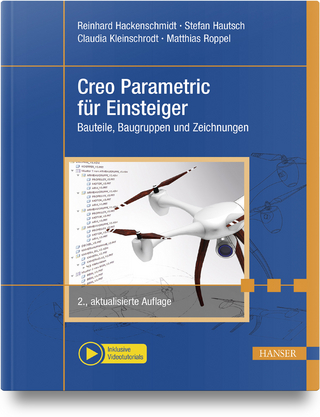
Structural Masonry
A A Balkema Publishers (Verlag)
978-90-5410-680-7 (ISBN)
This text provides a basis for a standardized approach to structural masonry, using an integration of experimental and computational techniques. Accurate displacement-controlled materials experiments have produced an extensive database of strength, stiffness and softening properties for tension, compression and shear, and this data has been transferred into numerical models for simulating the deformational behaviour of masonry structures. The models have been implemented into finite and distinct element codes and have subsequently been verified against shear wall experiments and analytical solutions for masonry parts.
J.G. Rots -TNO Building and Construction Research, Rijswijk, Netherlands.
PREFACE -- SUMMARY -- SYMBOLS -- 1 INTRODUCTION -- 1.1 General -- 1.2 Purpose and framework of the research -- 2 TESTING OF MATERIALS -- 2.1 General -- 2.2 Materials, their processing and coding -- 2.2.1 Materials -- 2.2.2 Manufacturing of specimens -- 2.2.3 Terminology -- 2.2.4 Coding -- 2.3 Mechanical properties of masonry in compression -- 2.3.1 Specimens -- 2.3.2 Testing -- 2.3.3 Progress of the test -- 2.3.4 Compressive strength -- 2.3.5 Elastic modulus -- 2.3.6 Transverse contraction -- 2.4 Tension tests -- 2.4.1 Specimen -- 2.4.2 Testing -- 2.4.3 Tensile strength of the joints and the units -- 2.4.4 Elastic moduli of the joints in tension -- 2.4.5 Fracture energy and ‘post peak’ behaviour -- 2.4.6 Influence of the real (net) bonding surface -- 2.5 Joint shear tests -- 2.5.1 Specimen -- 2.5.2 Testing -- 2.5.3 Tensile tests with shear tests -- 2.5.4 Shear strength -- 2.5.5 Shear stiffness or shear modulus of the mortar joint -- 2.5.6 Friction coefficient -- 2.5.7 Cohesion-softening and shear crack energy -- 2.5.8 Dilatancy -- 2.5.9 CEN tests 2.6 Conclusions -- 2.6.1 Conclusions with regard to the compression tests -- 2.6.2 Conclusion with regard to the tension tests -- 2.6.3 Conclusion with regard to the shear tests -- 2.6.4 General conclusions -- 3 NUMERICAL MODELS IN DIANA -- 3.1 General -- 3.2 Non-linear finite element method -- 3.2.1 Points of departure and types of elements -- 3.2.2 Solution procedure for non-linear material behaviour -- 3.3 Joint-unit discontinuum models -- 3.3.1 Points of departure -- 3.3.2 Modelling of units, joints and areas of adhesion -- 3.3.3 Linear-elastic behaviour -- 3.3.4 Discrete crack formation -- 3.3.5 Coulomb friction -- 3.3.6 Combination cracking and Coulomb friction -- 3.3.7 Alternative formulations -- 3.4 Super elements -- 3.5 Anisotropic continuum models for masonry as a composite -- 3.5.1 Points of departure -- 3.5.2 Orthotropic-elastic behaviour -- 3.5.3 Smeared cracking -- 3.5.4 Plasticity -- 3.6 Sense and nonsense wi
| Erscheint lt. Verlag | 1.1.1997 |
|---|---|
| Verlagsort | Rotterdam |
| Sprache | englisch |
| Maße | 178 x 254 mm |
| Gewicht | 589 g |
| Themenwelt | Mathematik / Informatik ► Informatik ► Theorie / Studium |
| Informatik ► Weitere Themen ► CAD-Programme | |
| Technik ► Bauwesen | |
| ISBN-10 | 90-5410-680-8 / 9054106808 |
| ISBN-13 | 978-90-5410-680-7 / 9789054106807 |
| Zustand | Neuware |
| Informationen gemäß Produktsicherheitsverordnung (GPSR) | |
| Haben Sie eine Frage zum Produkt? |
aus dem Bereich


